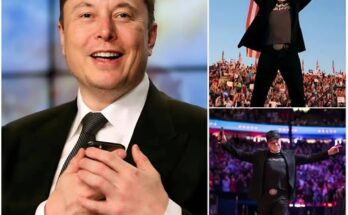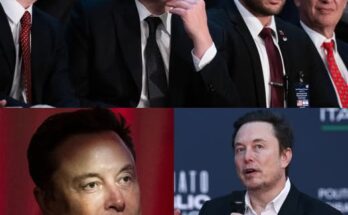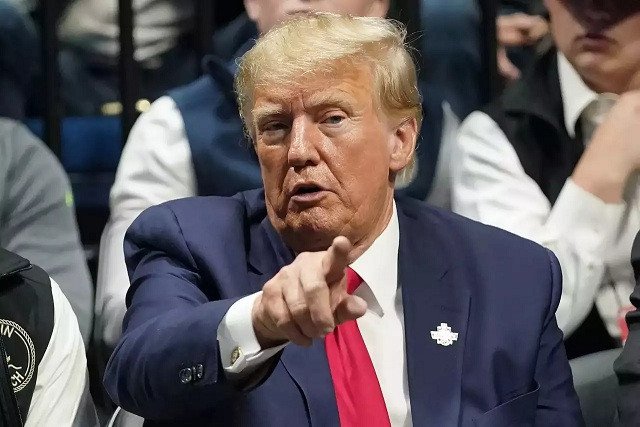
Former President Donald Trump has once again launched a pointed critique at Federal Reserve Chairman Jerome Powell, blaming him for stalling the U.S. economic recovery by not aggressively cutting interest rates. As the 2024 election season heats up, Trump’s economic rhetoric has returned to the spotlight, and Powell—his own appointee to lead the central bank—finds himself once again at the center of political controversy. Trump’s renewed attacks reflect not only ongoing tensions between fiscal and monetary policy but also signal how deeply monetary decisions have entered the political arena.
**A Familiar Target: Trump’s Longstanding Criticism of the Fed**
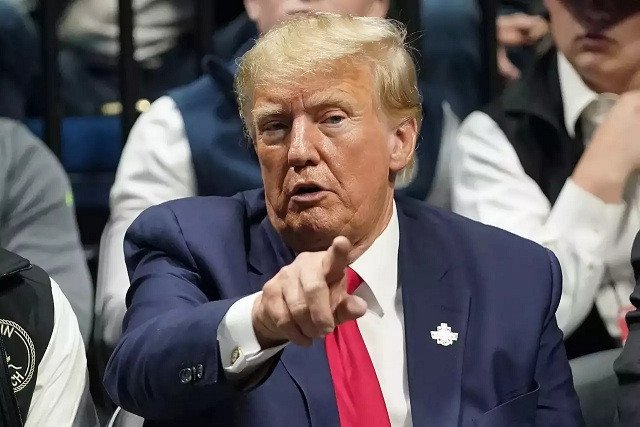
This is not the first time Trump has gone after Powell. During his presidency, Trump frequently used social media and campaign rallies to express dissatisfaction with Powell’s policies. Despite having appointed him in 2017, Trump has consistently painted Powell as too cautious, accusing him of slowing economic growth by keeping interest rates too high.
Now, with inflationary pressures stabilizing and the Federal Reserve maintaining its benchmark interest rates, Trump argues that the central bank is missing a critical opportunity to stimulate the economy. “Powell is killing the American economy,” Trump stated at a recent rally. “We need strong growth, and he’s too afraid to act.”
**The Interest Rate Debate: What’s at Stake?**
At the core of Trump’s criticism is a broader debate about the role of interest rates in economic management. The Federal Reserve has kept rates relatively high to counter inflation, which peaked in 2022 but has since shown signs of cooling. Powell has signaled that rate cuts will come only when the data supports sustained economic stability.
Trump, however, contends that the Fed is behind the curve. He argues that high interest rates are burdening consumers, slowing down housing markets, and restricting business investment. According to Trump, a rate cut is long overdue and would unleash a wave of economic activity that could help working-class Americans.
**Economic Growth vs. Inflation Control**
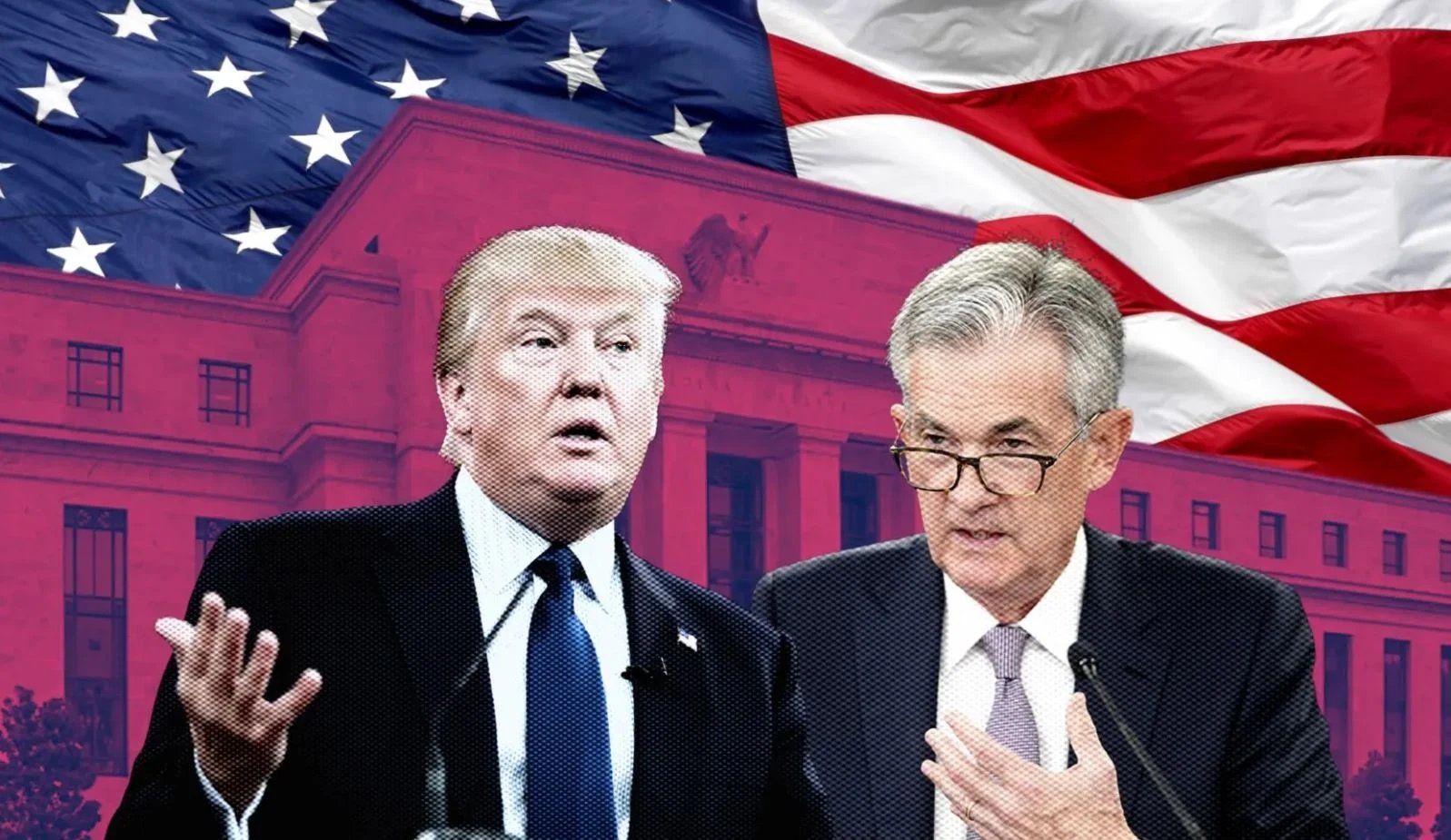
Trump’s position represents a classic case of prioritizing economic growth, even at the risk of inflation. His administration championed low interest rates as a tool to boost the stock market, encourage consumer spending, and maintain economic momentum. In contrast, Powell and other Fed officials emphasize long-term stability and inflation control as essential pillars of monetary policy.
“The Fed’s job isn’t to please politicians,” Powell has stated in response to past criticisms. “Our responsibility is to ensure maximum employment and stable prices.” Yet this rationale doesn’t resonate with Trump, who views interest rate hikes as an obstacle to prosperity, especially during election cycles.
**Political Pressure and the Independence of the Fed**
Trump’s repeated criticism of Powell raises questions about the independence of the Federal Reserve. By tradition and law, the Fed operates independently of the White House to avoid short-term political influences. However, Trump’s outspoken attacks have blurred that line, creating pressure on the central bank to align with political agendas.
Some analysts worry that this politicization of monetary policy could erode the credibility of the Fed. If markets begin to believe that the central bank is being swayed by political considerations, the long-term consequences for economic stability could be severe. Nonetheless, Trump insists that the Fed’s current course is misguided and that Powell’s leadership is “a disaster.”
**Market Reactions and Business Sentiment**
Financial markets have reacted with caution to Trump’s remarks. Investors tend to prefer clear, predictable guidance from the Fed, and Trump’s verbal assaults can introduce uncertainty. Wall Street analysts note that while Trump’s comments may play well with his political base, they create turbulence for traders trying to anticipate the Fed’s next move.
Business leaders are similarly divided. Some agree with Trump that high interest rates are constraining growth, particularly in the real estate and construction sectors. Others fear that premature rate cuts could reignite inflation, undermining consumer confidence and corporate planning.
**The Housing Market Under Pressure**
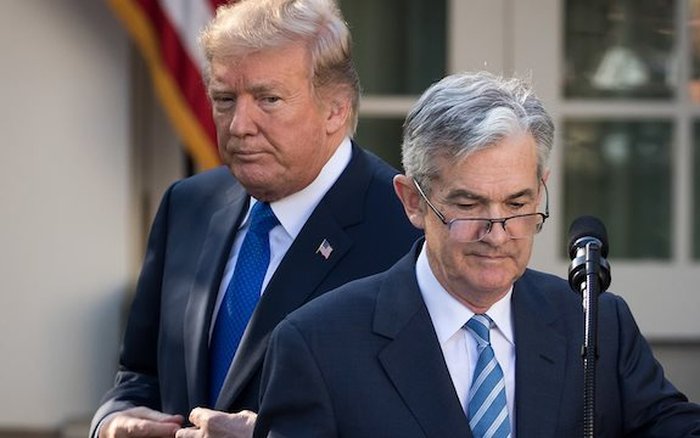
One of the most visible consequences of high interest rates is the housing market. Mortgage rates have soared, pricing many first-time homebuyers out of the market. Trump has seized on this issue, accusing Powell of making it harder for Americans to achieve the dream of homeownership.
“We have young families who can’t afford a home because of these rates,” Trump claimed. “Powell doesn’t understand the pain he’s causing across this country.” While some economists agree that housing affordability is a pressing issue, they caution that cutting rates too soon could lead to another bubble—something Powell has vowed to avoid.
**Consumer Debt and Credit Costs**
Trump has also highlighted the impact of interest rates on consumer debt. With credit card APRs and auto loans reaching historic highs, middle-class families are feeling the pinch. In Trump’s view, these financial pressures could be alleviated quickly with a change in monetary policy.
“People are drowning in debt, and Powell is doing nothing to help,” Trump said during an interview with Fox Business. “We need leadership that puts Americans first, not bureaucratic caution.” However, the Fed remains wary of stoking demand too soon, especially when inflation metrics remain above its 2% target.
**The 2024 Election and Economic Messaging**
As the 2024 presidential race intensifies, Trump’s attacks on Powell are likely to continue. By blaming the Fed for economic woes, Trump positions himself as a defender of the average American against an out-of-touch elite. This populist framing plays well with his base and allows him to sidestep more nuanced discussions about macroeconomic balance.
Trump’s campaign has already begun incorporating these criticisms into broader economic messaging. He claims that under his leadership, interest rates were low, growth was strong, and inflation was minimal—despite counterarguments from economists who cite pandemic-related anomalies and debt accumulation.
**Jerome Powell’s Response and Strategy**
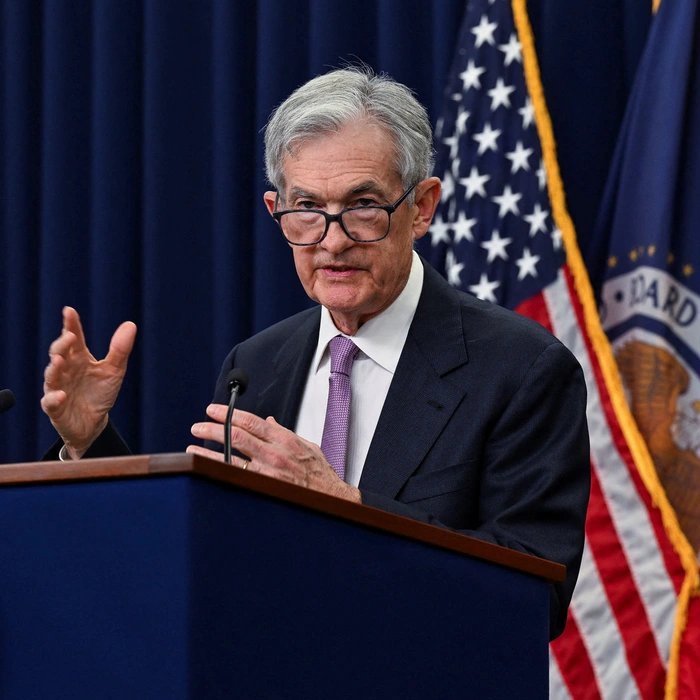
Despite the attacks, Powell has remained largely silent on Trump’s remarks. The Fed chairman has reiterated that decisions will be guided by data, not politics. In recent public statements, Powell emphasized the need for patience, noting that while inflation has moderated, it is not yet fully under control.
“Premature easing of monetary policy could undo our progress,” Powell warned. He remains focused on avoiding both a recession and a resurgence of inflation—an increasingly delicate balancing act. For now, the Fed appears resolute in maintaining its course, even in the face of political heat.
**The Broader Implications for Monetary Policy**
Trump’s renewed critique of Powell isn’t just a personal feud—it highlights deeper structural tensions in how America approaches economic management. Should the Fed prioritize employment over inflation? Should it be more responsive to elected officials? These questions could shape the future of U.S. monetary policy for years to come.
Some lawmakers, particularly among Republicans aligned with Trump, have floated the idea of reforming the Fed to make it more accountable to Congress or the White House. Others warn that such reforms could undermine the institution’s effectiveness and independence, turning it into a political tool.
**Conclusion: A Battle That’s Far from Over**
Donald Trump’s criticism of Fed Chairman Jerome Powell for not cutting interest rates marks another chapter in an ongoing conflict between political ambitions and institutional restraint. While Trump frames his arguments as a plea for economic revitalization, Powell remains committed to a cautious, data-driven approach. This tension underscores a fundamental challenge in American economic governance: how to balance the needs of the present with the responsibilities of the future.
As the election approaches and economic anxiety remains high, Trump is likely to keep Powell in his rhetorical crosshairs. Whether this strategy proves effective at the ballot box remains to be seen. But one thing is clear: the battle over interest rates, inflation, and economic growth is no longer just a matter for economists—it’s a central issue in the national political debate.
